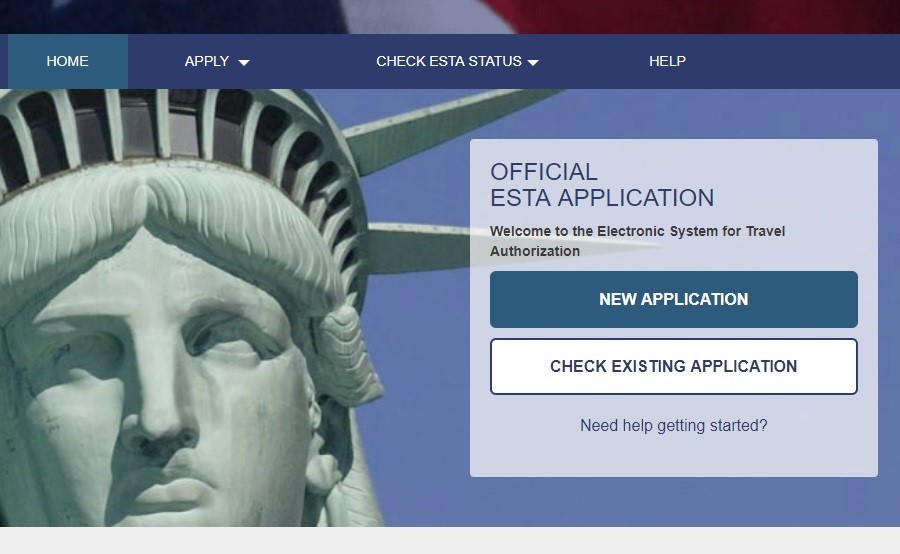Week in Regulation
September 9, 2019
Lightbulb Rule Shines Down on Slow Week
In a week with 11 rulemakings that included some quantified cost or savings estimate, all but one brought economic effects under $10 million. That single exception was a Department of Energy (DOE) rule regarding lightbulb efficiency standards that far surpassed that threshold, bringing nearly $200 million in potential total net savings. Across all proposed and final rules, agencies published $185.5 million in total net cost savings but added 18,925 hours of annual paperwork.
REGULATORY TOPLINES
- New Proposed Rules: 30
- New Final Rules: 51
- 2019 Total Pages: 47,030
- 2019 Final Rule Costs: $38.8 Billion
- 2019 Proposed Rule Costs: -$5.2 Billion
TRACKING THE REGULATORY BUDGET
The DOE rule regarding “Energy Conservation Program: Definition for General Service Lamps” finalizes the withdrawal of a January 2017 rule that established a more stringent definition of such lamps for the purposes of energy efficiency. The January 2017 rule’s definition would have gone into effect next year, but now DOE will simply abide by the standard currently on the books. The agency estimates that there will be “cost savings to the retail market associated with resolving uncertainties as to which lamps may be sold as of January 1, 2020” of upwards of $196 million (present value, under a 7 percent discount rate). With this rule, DOE now stands at roughly $233.6 million in Executive Order (EO) 13,771 savings for fiscal year (FY) 2019; its regulatory budget goal for the fiscal year was merely to stay at net-zero costs.
So far in FY 2019 (which began on October 1, 2018), there have been 61 deregulatory actions (per the rubric created by EO 13,771 and the administration’s subsequent guidance document) against 34 rules that increase costs and fall under the EO’s reach. Combined, these actions yield quantified total net costs of roughly $11.6 billion. This total, however, includes the caveat regarding the baseline in the Department of Agriculture’s “National Bioengineered Food Disclosure Standard.” If one considers that rule to be deregulatory, the administration-wide net total is approximately $4.9 billion in net costs. The administration’s cumulative savings goal for FY 2019 is approximately $18 billion. There is now less than a month left in the fiscal year.
THIS WEEK’S REGULATORY PICTURE
This week, the Department of Homeland Security (DHS) seeks clearance to collect social media information on immigration and travel forms.

DHS published a notice in the September 4 edition of the Federal Register asking for public comment on a proposed revision that would require social media “usernames, identifiers, or ‘handles’” to be mandatory (if one has such accounts) on three immigration forms, including the Electronic System for Travel Authorization (pictured above). Such notice is required under the Paperwork Review Act (PRA). The notice was coupled with a similar item of more traditional information to be collected on immigration forms.
DHS argues it has authority to collect social media information under current law that allows the department to collect biographical information on foreign travelers, and an executive order signed by President Trump in 2017. DHS also justifies making the information request mandatory because currently officials attempt to find this information on applicants on their own. The department believes making individuals list these accounts will increase the efficiency of the application process.
Of course, there are limitations to this collection. DHS officials can only view information on applicants’ social media accounts that is “publicly available,” meaning information on private accounts should be inaccessible. Further, given the anonymous nature of social media, it seems easy for individuals that have accounts without self-identifying information to skirt the question by simply claiming they have no accounts (though if caught they would face legal action).
For PRA nerds, the paperwork analysis appears to contain incorrect information. DHS estimates more than 33 million people will respond annually, with an average response time of about five minutes. Using these figures, total burden would be about 2.8 million hours. The analysis, however, states the total burden hours at more than 12 million annually. Likely, either the listed average response time or the total response burden is an error.
TOTAL BURDENS
Since January 1, the federal government has published $33.8 billion in total net costs (with $38.8 billion in finalized costs) and 42.7 million hours of net annual paperwork burden increases (with 37 million coming from final rules). Click here for the latest Reg Rodeo findings.












